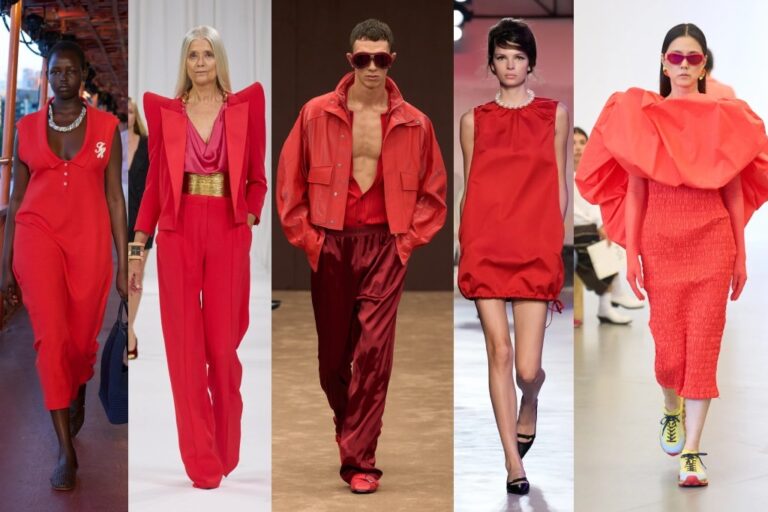Fashion and Style: Surface, System, and Self
To speak of fashion in 2025 is to speak of a system—not merely of garments, but of grammars. The contemporary wardrobe no longer exists as a set of isolated aesthetic decisions. It operates as a code, deployed across platforms, shaped by algorithms, refracted through lenses, and distributed in cycles of controlled repetition. In this context, style becomes less a matter of taste than of alignment: with platform logic, visual semiotics, and systematized desire.
What is worn is not selected in a vacuum. Each silhouette, texture, or chromatic pairing is interpreted not only through the eye of the beholder but through the infrastructure of the feed. To get dressed is to enter an economy of signs, to position oneself inside a network of visual referents that accelerate, mutate, and expire with increasing speed.
The Feed as Mirror and Machine
Digital visual culture has radically altered the temporality of fashion. In the age of scrollable aesthetics, style exists not in the closet but in the feed. Visibility dictates relevance. Silence, or the absence of imagery, becomes erasure. Clothing must now perform not only on bodies but on screens, where each composition is scanned, captured, and catalogued by both users and algorithms.
This convergence has transformed fashion from a lived experience into a curatorial performance. Pieces are selected for frame coherence, not tactility; for saturation, not wear. The mirror is replaced by the lens. The fitting room by the comment section. And within this recalibration, desire is no longer organic—it is indexed.
Like the reward cycles of slotsgem casino online, fashion’s digital incarnation operates through micro-loops of dopamine: attention, engagement, feedback, revision. The object becomes secondary to the system that delivers it. A dress is not a garment—it is a visual asset optimized for distribution.
Algorithmic Repetition and the Simulation of Choice
The promise of style as self-expression has, paradoxically, birthed a regime of aesthetic standardization. What appears as diversity is often a function of automated amplification. Algorithmic feedback loops promote visibility for designs that have already performed, generating visual monocultures disguised as pluralism.
The illusion of choice persists, but the scaffolding beneath it reveals convergence. The repeated appearance of specific silhouettes, textures, and palettes across divergent profiles suggests not shared inspiration but shared exposure. Influence has collapsed into influenceability. The personal is platformed—and then programmed.
The Archive as Resistance
Amid the flood of fast fashion and sponsored content, there’s a growing return to the archive. Vintage pieces, deadstock fabrics, heritage brands—all represent a break from the churn. They offer stories, not signals. They resist ephemerality with texture and memory.
This return isn’t just nostalgic. It’s strategic. It reclaims control. It rejects the idea that style must always be new. In this sense, fashion becomes more than trend—it becomes time travel. Wearing something from 1997 isn’t retro—it’s defiant. It interrupts the cycle.
There’s power in clothes that age well. In fabrics that fade. In silhouettes that hold memory. They speak not only of taste but of care—of attention to history and the quiet elegance of reuse.
The Politics of Presentation
To dress is to speak. Even silence communicates. A plain outfit can signal wealth. A loud one can mask vulnerability. A perfectly calculated mismatch might be the result of hours of research. Clothing always means something—even when we say we don’t care.
In public life, presentation is political. It shapes how people are seen, trusted, hired, questioned, or dismissed. This reality falls harder on those whose identities are already policed. For them, style becomes both armor and target.
In this space, fashion is not escape. It is labor. It is code. It is the constant work of managing perception—of existing inside and against expectations.
Conclusion
Fashion in 2025 is not simpler. It is faster, louder, more layered, and more entangled with systems of power, identity, and performance. But it is also still deeply human. Beneath the algorithms and the filters, people still dress for hope. For defiance. For memory. For pleasure.
Style, when honest, still whispers something real—about who we are, who we’ve been, and who we might become.
